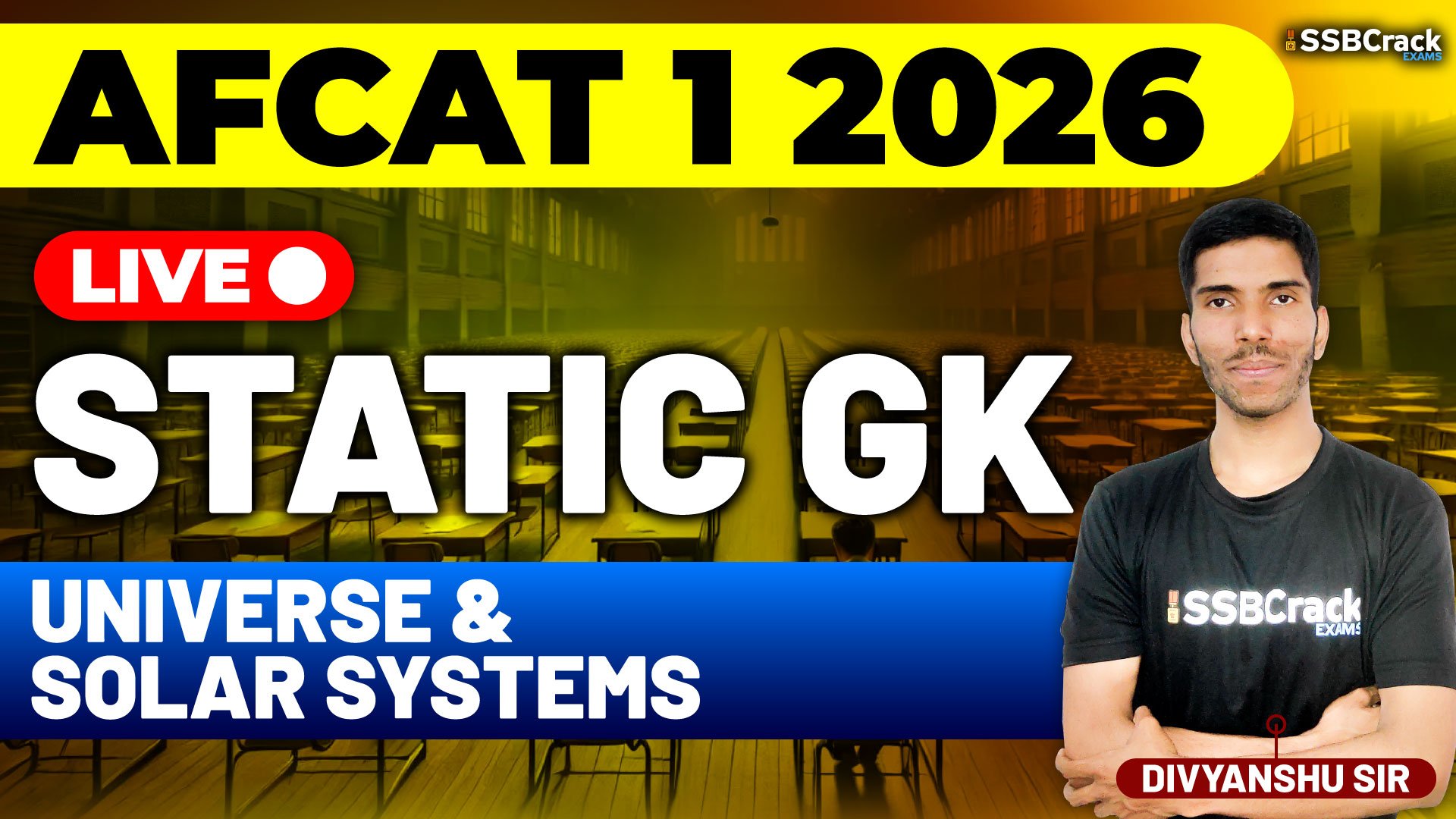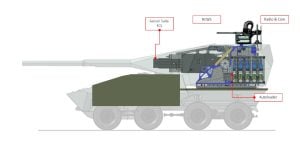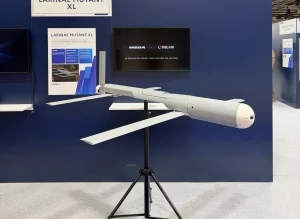The Universe and Solar System form a vital part of the Static GK section in the AFCAT 1 2026 Exam. Questions from this topic often test a candidate’s fundamental understanding of astronomy, celestial bodies, and planetary systems. Let’s explore the key facts and concepts that can help aspirants strengthen this topic.
AFCAT 1 2026 Exam Static GK – Universe & Solar Systems
1. The Universe
The Universe is the vast expanse that includes everything—planets, stars, galaxies, nebulae, dark matter, and energy. It is estimated to be about 13.8 billion years old, originating from a massive explosion known as the Big Bang.
Key Points:
- Big Bang Theory: Proposed by Georges Lemaître; explains the origin of the universe from a singularity.
- Milky Way Galaxy: Our home galaxy; spiral-shaped and contains over 100 billion stars.
- Nearest Galaxy: Andromeda Galaxy (M31) — approximately 2.5 million light-years away.
- Light Year: Distance light travels in one year — about 9.46 trillion kilometers.
- Black Hole: A region of space where gravity is so strong that nothing, not even light, can escape.
2. The Solar System
The Solar System is part of the Milky Way Galaxy and consists of the Sun and all celestial bodies bound to it by gravity — including planets, moons, asteroids, comets, and meteoroids.
Formation:
The Solar System formed about 4.6 billion years ago from a rotating cloud of gas and dust known as the Solar Nebula.
3. The Sun
- The Sun is a medium-sized star located at the center of the Solar System.
- It is composed mainly of hydrogen (about 74%) and helium (about 24%).
- Source of energy: Nuclear fusion, where hydrogen atoms combine to form helium, releasing tremendous energy.
- Surface Temperature: ~5500°C
- Core Temperature: ~15 million°C
- Average Distance from Earth: 149.6 million km (1 Astronomical Unit)
4. Planets of the Solar System
There are eight planets in the Solar System, divided into Inner (Terrestrial) and Outer (Jovian) planets.
| Category | Planet Name | Key Facts |
|---|---|---|
| Inner Planets | Mercury | Closest to the Sun; no atmosphere. |
| Venus | Hottest planet; rotates in the opposite direction. | |
| Earth | Only planet supporting life; has one natural satellite (Moon). | |
| Mars | Known as the Red Planet; has two moons – Phobos and Deimos. | |
| Outer Planets | Jupiter | Largest planet; has Great Red Spot and 79+ moons. |
| Saturn | Known for its prominent ring system; second-largest planet. | |
| Uranus | Rotates on its side; bluish due to methane gas. | |
| Neptune | Farthest planet from the Sun; windiest planet. |
5. Dwarf Planets
After the 2006 reclassification by the International Astronomical Union (IAU), Pluto was categorized as a dwarf planet.
Other dwarf planets include Ceres, Eris, Makemake, and Haumea.
6. Natural Satellites (Moons)
- Earth’s Moon: Only natural satellite of Earth; formed about 4.5 billion years ago.
- Largest Moon: Ganymede (of Jupiter)
- Second Largest: Titan (of Saturn)
- Smallest Moon: Deimos (of Mars)
7. Other Celestial Bodies
- Asteroids: Rocky objects orbiting the Sun, mostly found in the Asteroid Belt between Mars and Jupiter.
- Comets: Made of ice, dust, and gas; develop a bright tail when near the Sun (e.g., Halley’s Comet).
- Meteoroids: Small rocky particles traveling through space. When they enter Earth’s atmosphere and burn, they are called meteors (shooting stars).
8. Important Missions Related to Space
- India:
- Chandrayaan-3 (2023): Successful soft landing on Moon’s south pole.
- Aditya-L1 (2023): India’s first solar observatory mission.
- Mangalyaan (Mars Orbiter Mission): India’s first interplanetary mission (2013).
- International:
- Voyager 1 & 2: First human-made objects to reach interstellar space.
- James Webb Space Telescope (JWST): Launched in 2021 for deep space observation.
9. Quick Facts for AFCAT 2026
- Brightest Planet: Venus
- Coldest Planet: Neptune
- Smallest Planet: Mercury
- Largest Planet: Jupiter
- Planet with Shortest Day: Jupiter (about 10 hours)
- Planet with Longest Day: Venus (243 Earth days)
- Nearest Star to Earth: Proxima Centauri
- Planet Known as Earth’s Twin: Venus
Conclusion
Understanding the Universe and Solar System not only enriches general knowledge but also plays a key role in scoring well in the AFCAT 1 2026 Exam. Candidates should focus on important astronomical facts, planetary characteristics, and recent space missions to stay exam-ready.



















